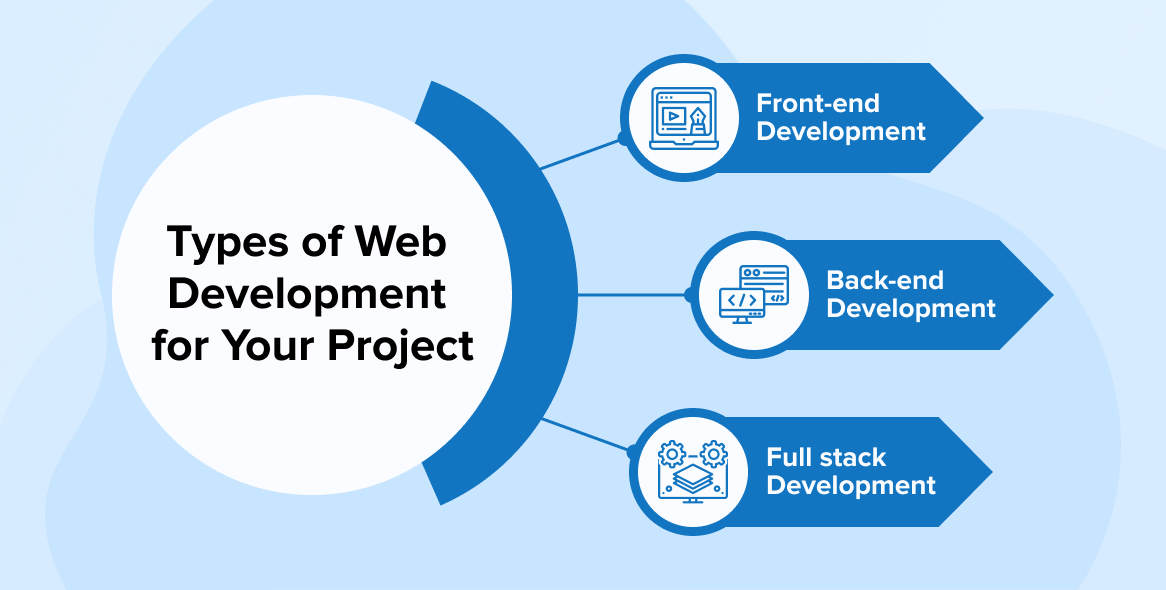Tube Rank: Your Guide to Video Success
Discover tips and insights for optimizing your video presence.
Code Cravings: Feeding Your Web Development Hunger
Satisfy your web dev cravings! Dive into Code Cravings for tips, tricks, and tasty tutorials that fuel your coding passion.
10 Essential HTML Tags Every Web Developer Should Know
For any aspiring web developer, mastering the basics of HTML is crucial. Among the myriad of elements available, there are 10 essential HTML tags that form the foundation of effective web structure and content presentation. These tags not only improve the SEO performance of a website but also enhance the user experience. Here are the tags every developer should know:
- <html>: The root element of an HTML page.
- <head>: Contains meta-information about the document.
- <title>: Sets the title of the webpage, crucial for SEO.
- <meta>: Used for specifying character set, keywords, and responsive settings.
- <link>: Connects external resources like stylesheets.
- <script>: Embeds or links JavaScript files to enhance functionality.
- <body>: The main content area of the HTML document.
- <h1> to <h6>: Heading tags that define the hierarchy of content.
- <p>: Denotes paragraphs, essential for organizing text.
- <img>: Embeds images, crucial for visual content.

What Are the Best Practices for Responsive Web Design?
Responsive web design is essential in today's digital landscape, ensuring that your website looks and functions well on various devices, from desktops to smartphones. To implement effective responsive design, consider the following best practices:
- Fluid Grid Layouts: Use percentage-based widths for layout elements to ensure they scale seamlessly across different screen sizes.
- Responsive Images: Utilize CSS techniques like
max-width: 100%;to ensure images resize correctly within their containing elements. - Media Queries: Leverage media queries to apply different styles depending on the user's screen size, tailoring the experience for mobile, tablet, and desktop users.
Another critical aspect of responsive web design is maintaining optimal user experience. Implement these strategies for enhanced usability:
- Touch-Friendly Navigation: Ensure that buttons and links are large enough for easy tapping on touch devices.
- Readability: Use legible font sizes and adequate line spacing to improve text readability across platforms.
- Performance Optimization: Minimize load times by compressing images and leveraging browser caching, as slow-loading sites can deter users.
How to Optimize Your Website for Speed and Performance
Optimizing your website for speed and performance is essential in today’s digital landscape. A fast-loading site not only enhances user experience but also improves your search engine rankings. To start, you should minimize HTTP requests. This can be achieved by reducing the number of elements on your page, such as scripts, images, and stylesheets. Consider using CSS sprites to combine multiple images into one and decrease load time. Additionally, leveraging browser caching allows returning visitors to load your site much faster as some resources are stored locally on their devices.
Another critical factor in enhancing your website's performance is optimizing images. Large image files can significantly slow down your site, so use tools to compress images without sacrificing quality. Implementing the correct file format is also vital; for instance, use JPEG for photographs and PNG for graphics with transparency. Finally, consider using a Content Delivery Network (CDN) to distribute your content globally, reducing the distance data must travel to reach your audience and improving overall load times.